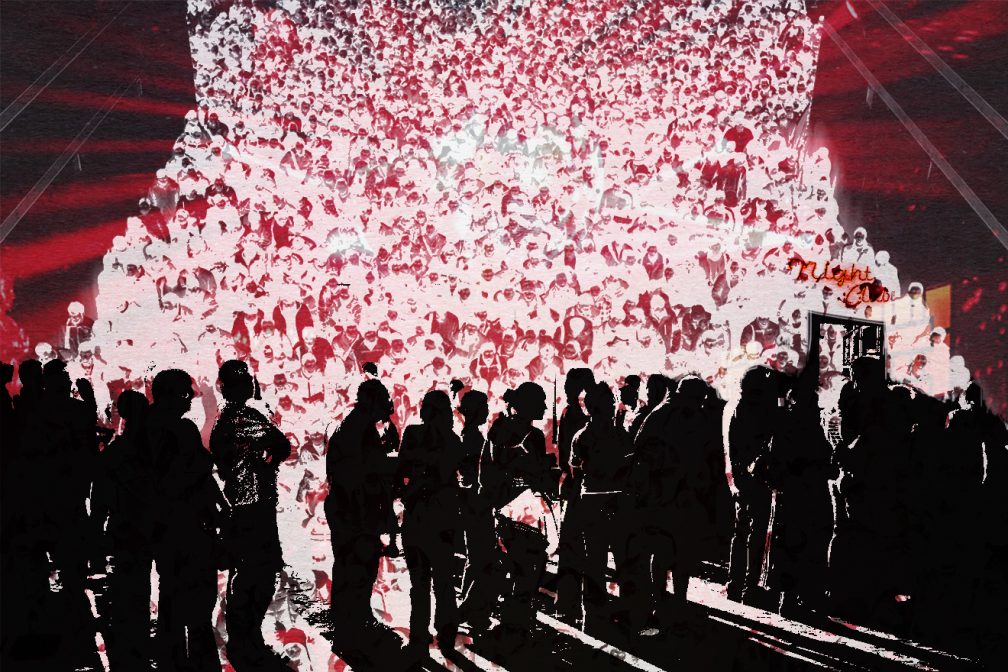 Comment
Comment
It's 2017 but your favourite clubs are still way too overcrowded
Overcrowding in clubs is annoying and dangerous. So why does it happen so often?
“Sometimes,” comments Alice Woods of Manchester-based promoters Meat Free, “there are only two settings for a club: totally rammed and uncomfortable, or empty.”
Woods is right. In the crowded and competitive post-Brexit clubbing landscape, the pressure to sell tickets and pack out dancefloors gets ever more intense.
“The ticketed queue was insane,” remembers 28-year-old Becky of a recent night out in London, “and when we got in both of the rooms that were open were too rammed to move. I couldn’t dance and I just stood there being sandwiched between other people. It was so hot and I kept getting covered in other people’s sweat. I couldn’t even hold a drink.”
“At that point,” she goes on, “it ruins the fun. It stops being a night out and feels more like a fight for survival.”
While overcrowding is unpleasant for everyone, it’s particularly stressful for women attending male-dominated dance music nights, where the added threat of sexual harassment is omnipresent and being in a crush can mean getting a face-full of your neighbour’s armpit.
“I was on a night out,” says Sarah, 28, “and my cousin and I, who are quite petite, kept getting ring-fenced by lads. It’s just really uncomfortable because you’re so much smaller than them. If you have a guy with you it’s different, because they can act as a buffer against the crowd, but we didn’t so we had to keep moving. We’d cede turf and move further back and eventually ended up crouched under a speaker.”
A rammed dancefloor, while unpleasant, is rarely dangerous — but tragedies do occur. In 2011, two women died at Northampton’s Lava & Ignite club after a DJ’s joke about coaches leaving early caused a stampede for the exit. In 2003, 21 people died at E2 nightclub in Chicago after clubbers panicked and bolted for the exit after bouncers used pepper spray to break up a fight.
“Safety in dance clubs can be a real balancing act,” explains Steve Blake, an event safety specialist and member of the Institution of Occupational Safety and Health. “I have experienced instances myself where there has been a lack of understanding of regulations or they have been over-ridden, leading to dangerous situations.”
And promoters need to make space for people to do what they’ve come for: dance. “When looking at the capacity of venues, you have to consider that people require room to move around and express themselves,” says Blake. People also need to be able to exit the club easily in emergencies, he says.


